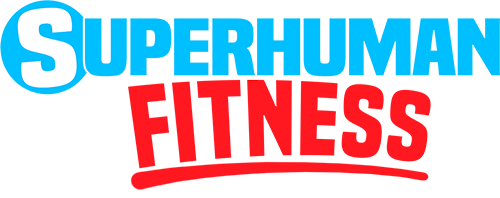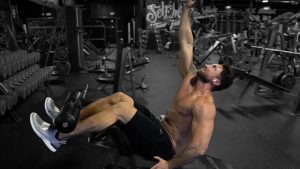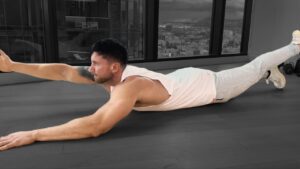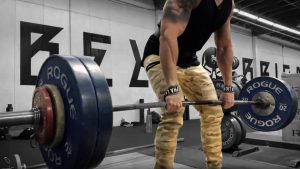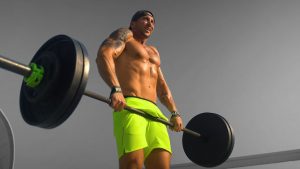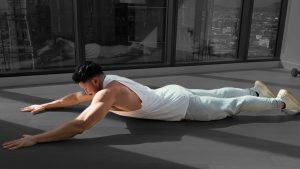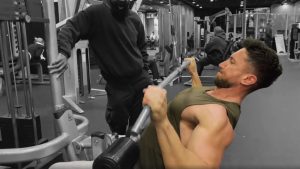Most people aren't aware that the shrug exercise can be modified in different ways. Using cable equipment is a great way to target the deltoids effectively, as well as build some strength in the traps, rhomboids, shoulders, and lower back muscles.
The cable shrug is a variation of the standard dumbbell shrug using a cable machine, and it's better suited for people who are used to doing drop sets or not sure/comfortable with the weight they are using.
How to Perform A Cable Shrug
Cable shrugs are one of the greatest exercises for building the shoulders, but they aren't a one-size-fits-all shrug variation. One can do a standing shrug exercise or one can do a seated shrug. One can even do a cable shrug with a V-handle as well as an underhand grip.
Also, be aware that cable shrugs can be used at any time — from warmup to main lift — and they can be performed with high reps to build endurance or with low reps to build power and strength.
The Starting Position

The cable pulley weight machine is invaluable for giving you the same tension from your target muscle group as you move your weight through the range of motion.
To set it up, attach a flat shoulder-width bar to a low cable pulley and stand in front of it with a shoulder-width or wider overhand grip.
The Shrug
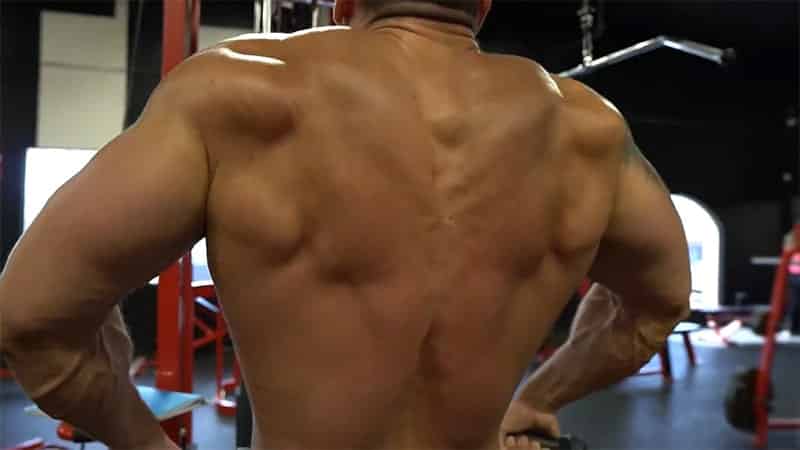
Stand in front of the weight machine. Squeeze your glutes, tighten your abs, and bend slightly at the knees to help stabilize and protect your back.
Lift the bar off the rack and move it towards your thighs by shrugging your shoulders upwards—don't raise them straight up. Inhale as you shrug, exhale as you lower the bar back to the starting position.
Repeat the exercise for your desired number of repetitions. Increase your weight as needed.
To keep yourself safe and healthy, avoid rolling your shoulders during the workout and develop proper bar form with the cable shrug exercise and the equipment.
You may be tempted to perform this exercise if you are experiencing shoulder pain, but doing so can make matters worse as you are at risk of injuring yourself further.
Cable Shrug Tips & Best Workout Practices
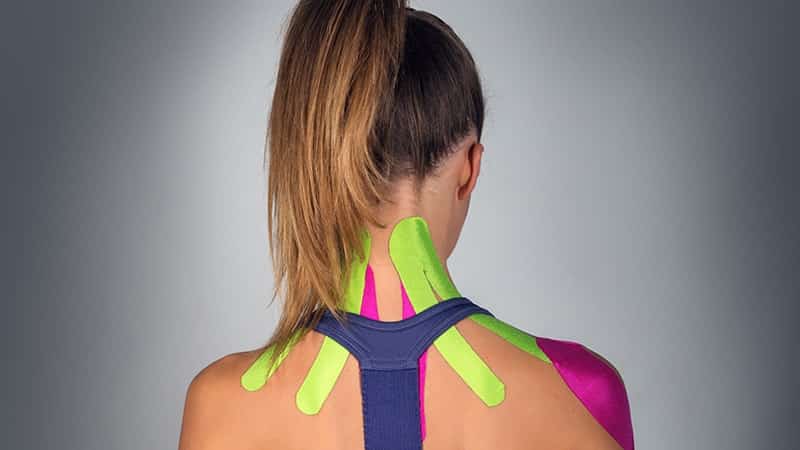
There are three major muscles in the neck — the sternocleidomastoid, splenius capitis, and levator scapulae, which assist in flexing and extending the neck.
Stretching those shoulder-width muscles out during shrugs helps to enhance the contraction. But don't stretch too hard, as a ballistic movement could cause injury to the ligaments and intervertebral discs.
Looking upward as you shrug may help to exercise your trapezius muscles more fully. The trapezius, a large muscle in your upper back, helps to control the motion of the skull and can be exercised with this simple upward shrug motion.
As you lift your shoulders, move them in a controlled manner — if you move too quickly or forcefully, you could injure your neck.

The trapezius muscles respond well to heavy, compound movements such as the snatch grip high pull. However, lighter isolation work can also make the upper back stronger and more explosive — for example, a pause at the top of the movement can help you feel contraction better during accessory work.
Avoid allowing the head to stick out forward excessively as you squeeze the traps, as this can put the neck in a compromised position and result in an injury.
To get the best fitness results from this exercise, it’s important that you focus on using your traps to lift the weight, not your biceps. If you’re using a lot of biceps, you’re probably not getting enough range of motion to really stimulate your traps. Be sure to keep your arms at shoulder-width.
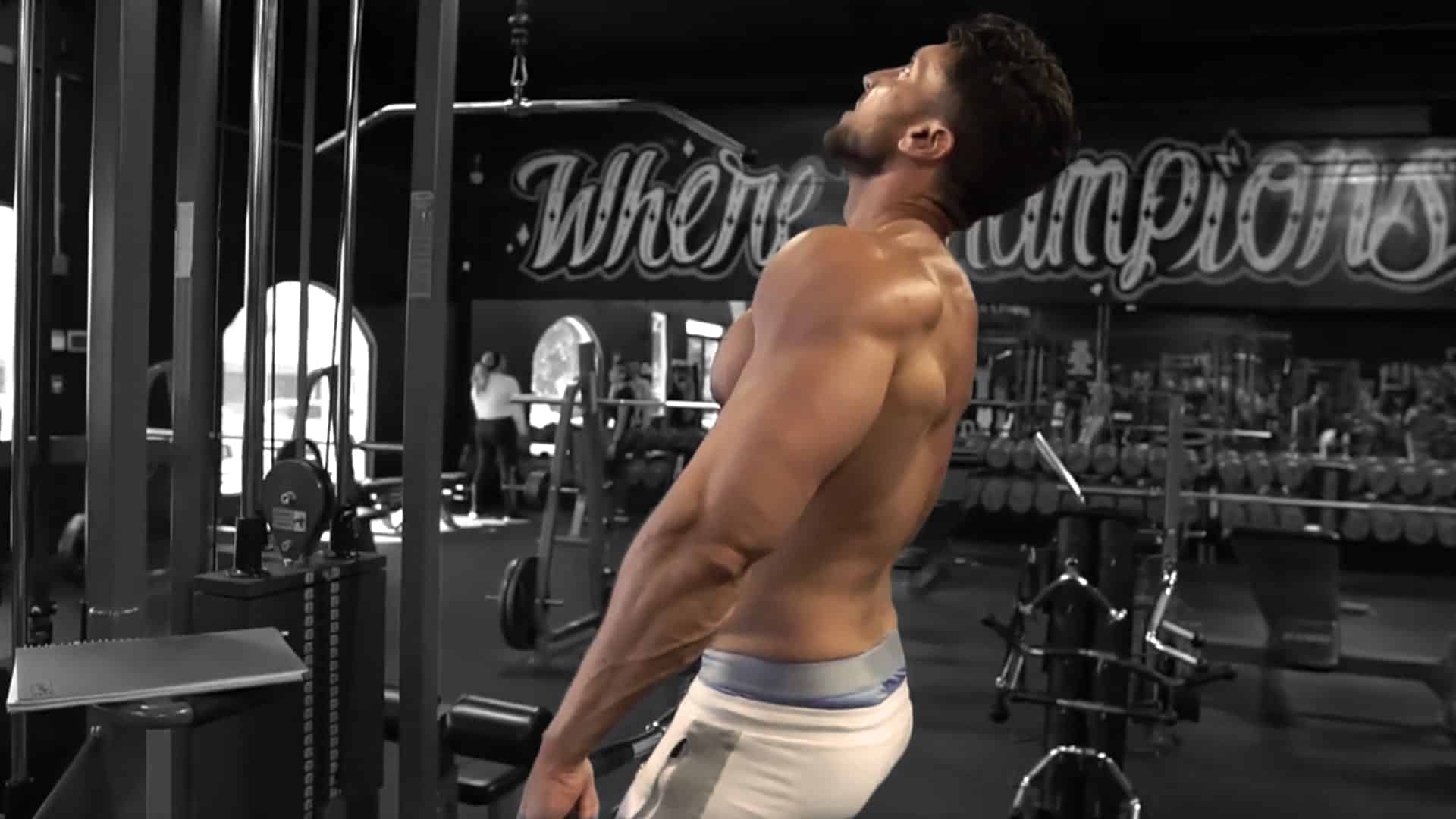
To make cable shrugs more challenging, pause and hold the bar for 1-2 seconds at the top of the lift. This will make the exercise more difficult because you’ll need to use more muscle to hold yourself still.
While many people think that their shoulder muscles are doing the work during a cable shrug, it's actually their trapezius muscles that are doing the work. The contraction brings the shoulders toward the ears, which is what makes your shoulders rise during this workout.
Muscle Group Worked By The Cable Shrug
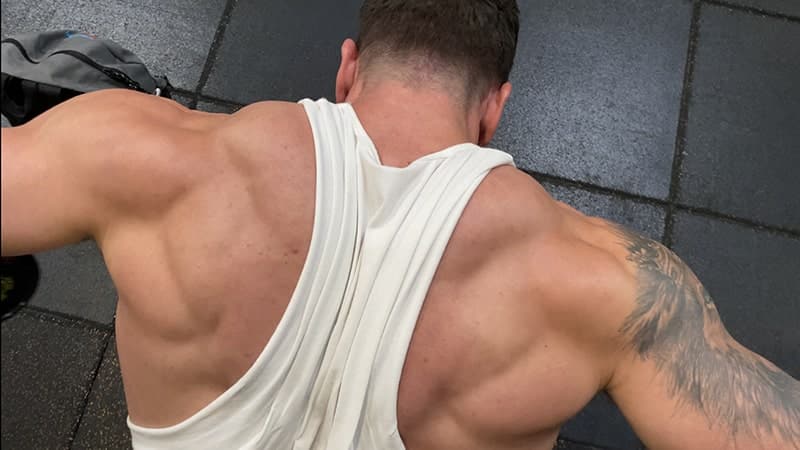
The primary muscle groups worked by the cable shrug are the trapezius and rhomboids - these the muscles on the upper back that are responsible for shrugging your shoulders.
These muscles are activated when you want to shrug your shoulders to your ears or when you want to draw your shoulder blades together.

Using a cable fitness machine will also target the brachioradialis muscle in your forearm. This is a great muscle to work on if you’re trying to develop your arms.
The brachioradialis is the muscle located on the inside of your forearm, near your elbow. This muscle is used to rotate your forearm clockwise and it also helps extend your wrist and fingers.
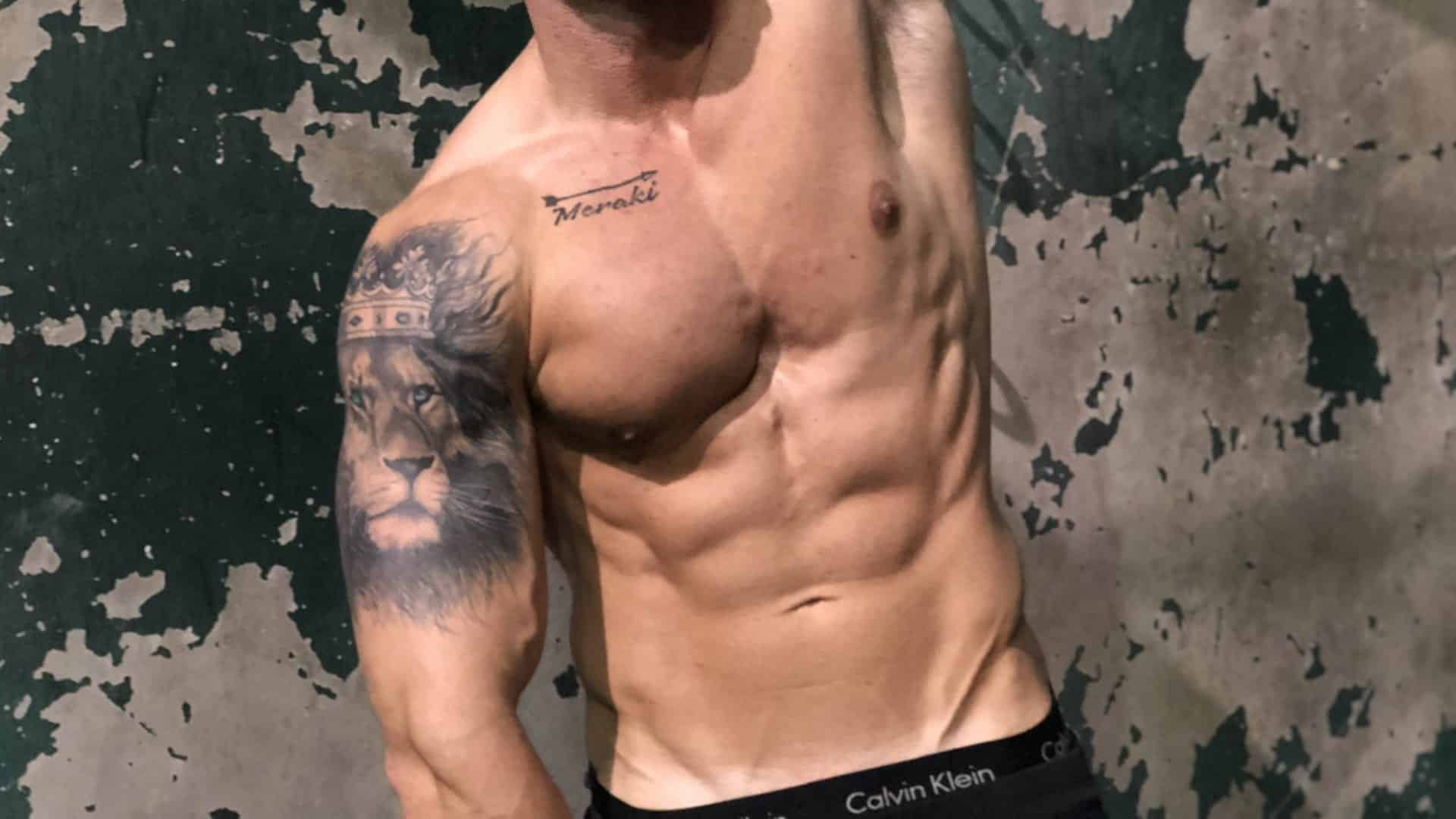
A lot of people think of their abs only as a six-pack, but just like your shoulder and lower back muscles, your core is made up of a lot of different muscle groups.
The core abdominal muscles are the muscles that run vertically down the front of your torso. They are the only group of muscles that are attached to your spine and run the entire length of your torso. They’re the muscles that are active when you do sit-ups, crunches, or any other move that targets your abs.
Adding The Cable Shrug To Your Fitness Routine
No matter where you place the cable shoulder shrug in your fitness routine, it'll still be one of the best exercises for building traps. When this workout is performed correctly, it'll engage the upper and lower traps, pecs, deltoids, rhomboids, serratus anterior, teres major and minor, and infraspinatus.
Although you can (and should) exercise your traps with a lot of different workout strategies, the best way to build this muscle group is with heavy compound movements. In addition to the cable shrug, the deadlift and pull-up are both powerful exercises that are sure to build strong and stable traps that will increase your strength in any activity.
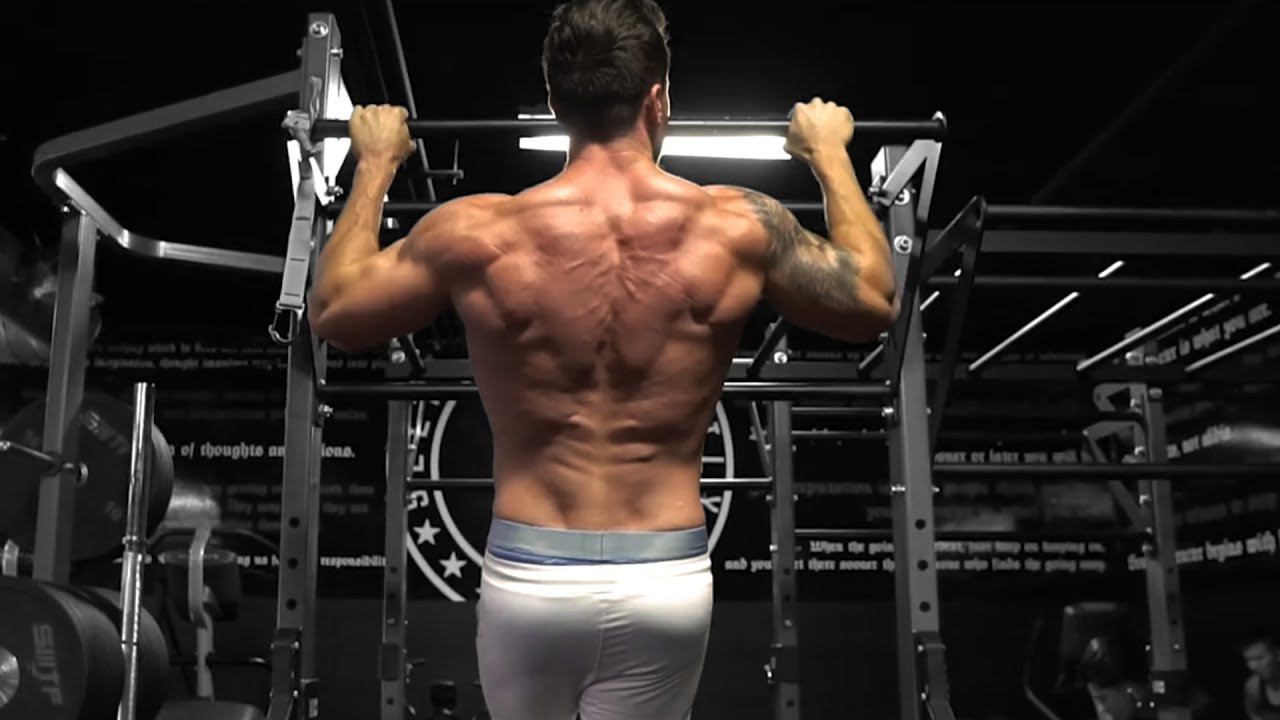
You can do several different fitness exercises to hit the traps, but no matter what you do, you need to be doing two or three exercises that really work the muscle in order to see results, especially if you're only doing a trap exercise once or twice a week. The best way to do this is to choose one exercise for the upper traps, one for the middle traps, and one for the lower traps, and then train them at least twice a week.
